Annotation
- How are dehydration and oily skin related?
- How to care for this type of epithelium?
- Cleansing
- Tonicing
- Moisturizing
Oily skin type is a common problem for both women and men. Such skin requires special care, which includes not only the use of creams and other moisturizers. Often the epithelium needs comprehensive care to prevent inflammation and clogging of the sebaceous glands with sebum.
It is people with oily skin who become regular clients of cosmetologists - regular care for such skin often includes not only special products and medicinal cosmetics, but also some procedures.

Oily skin has a specific oily sheen - especially in areas where there are the most sebaceous glands and where they are most active. Often, improper use of decorative and skincare cosmetics on oily skin provokes inflammation. Oily skin type is also characterized by an increased risk of other problems:
- clogging of pores with fat and subsequent occurrence of acne;
- frequent appearance of comedones;
- dull skin tone;
- enlarged pores that are not affected by creams and other external agents;
- the occurrence of cutaneous seborrhea.
This skin type is “programmed” - increased production of oil by glands in the pores is associated with a hereditary predisposition. In some genetic lines, the activity of the sebaceous glands is greater, in others - less. This type of epithelium is most susceptible to various damages and deterioration of its general condition.
How are dehydration and oily skin related?
Oily skin is more likely to experience dehydration than other types - the presence of a characteristic shine does not always mean that the epithelium is “nourished”. Cosmetologists consider the most common causes of skin dehydration:
- deficiency or excess of certain vitamins;
- climate conditions (humidity and air purity, temperature);
- general dehydration of the body;
- use of alcohol-containing tonics and serums;
- disturbed diet.
These reasons are quite common, and those with a fatty epithelium type may encounter such factors every day. To prevent skin with excess oil production from drying out underneath, proper care is needed. The main thing here is not to use too many “drying” products. Such toners and serums may seem like a panacea, but their effect can easily turn out to be the opposite.
How to care for this type of epithelium?
Prevention of dehydration and good hydration are the basis of all care for oily skin. Gels, foams, serums and creams for this type of epithelium are aimed at reducing the production of sebaceous secretions by the glands and actively moisturizing the skin. For this reason, all cosmetologists agree that basic care should consist of three main stages: cleansing, toning, and moisturizing.
Cleansing
Here you need to avoid aggressive formulations - with alcohol, highly alkaline substances (for example, soap). The ideal pH for foams, gels and tonics is no more than 4.5, that is, acidic. If you use alkaline substances or alcohols, the skin will begin to produce even more oil, which can clog the pores and make the situation worse.
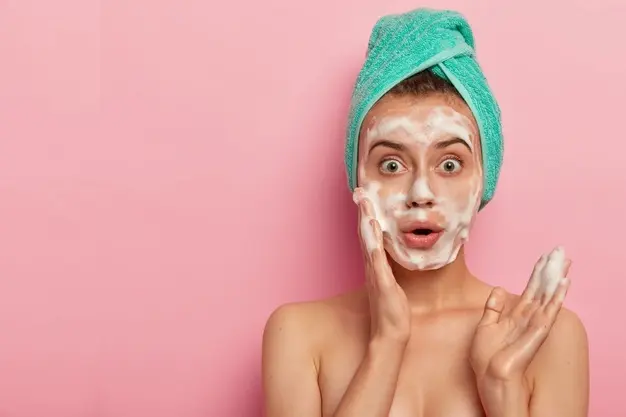
For a bactericidal effect, instead of alcohol, you need to use an alternative - special talkers or benzoyl benzoate. It is best if the product is selected by a cosmetologist.
If there is already inflammation, you need to avoid damaging the skin with scrubs or squeezing out inflammatory elements. A cosmetologist and proper cleaning will help with this problem.
Tonicing
As a tonic you need a product that stabilizes the acidity of the skin after cleansing. It would be best to choose a product with bactericidal components.
A good toner will soothe the skin, restore its acid-base balance and slow down the production of sebum. Formulations with alpha hydroxy acids and fruit acids are often used - it is advisable that they be advised by a cosmetologist, because these substances can be aggressive if used in excess or incorrectly. In addition, a good toner speeds up the absorption of moisturizer.
In the presence of inflammation, bactericidal components will be especially useful - the main thing is that the composition does not contain alcohol. Regularly wiping problem areas of the skin with an anti-inflammatory product will reduce the frequency of their occurrence and reduce the burden on the pores.
Moisturizing
Serums and creams with hyaluronic acid and vitamins are the best means for moisturizing. They not only retain the necessary moisture in the epithelium, but also stabilize the production of sebaceous secretions. Serums and creams are interchangeable - a sufficiently thick serum with active ingredients will not require subsequent use of cream, and vice versa - a good cream will allow you to do without the use of serum if it contains the same concentrations of active substances.

It is best to choose a moisturizing cream that is not too liquid, but not greasy either - the absence of fat is the main criterion here. Many creams have additional anti-inflammatory and bactericidal properties, thereby turning into good means for preventing rashes. Creams with UV protection are also good moisturizers, in addition to reflecting radiation.
Some procedures from a cosmetologist are also suitable for moisturizing - most often these are hardware interventions. Such procedures have a complex effect: they improve skin permeability to moisturizing components (for example, hyaluronic acid), and at the same time slow down the work of the sebaceous glands. Additionally, such procedures have another therapeutic effect: they soothe the skin and give it the necessary nutrition.


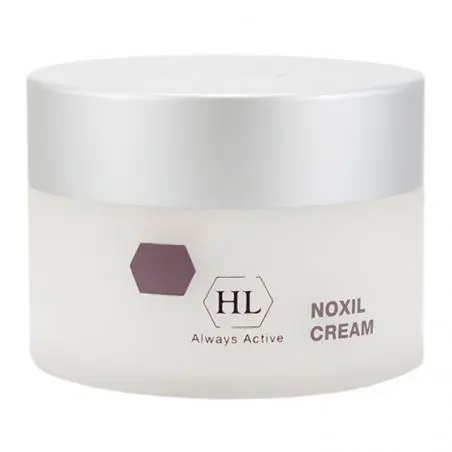
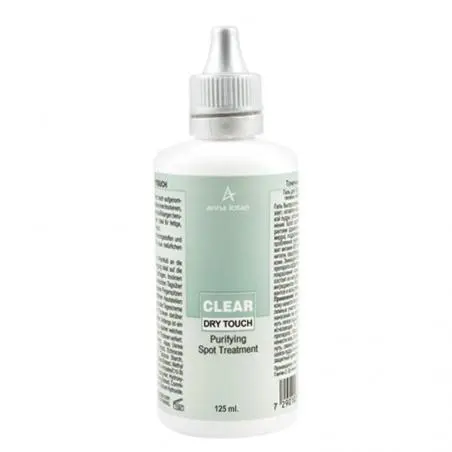
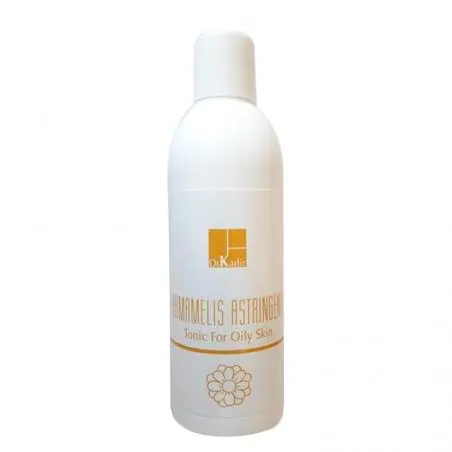
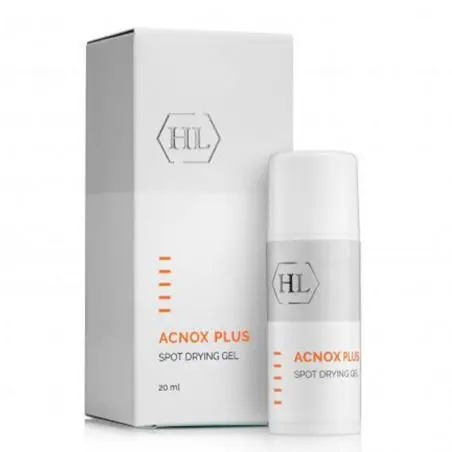
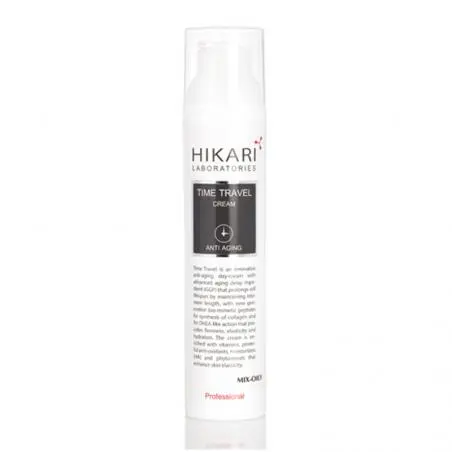
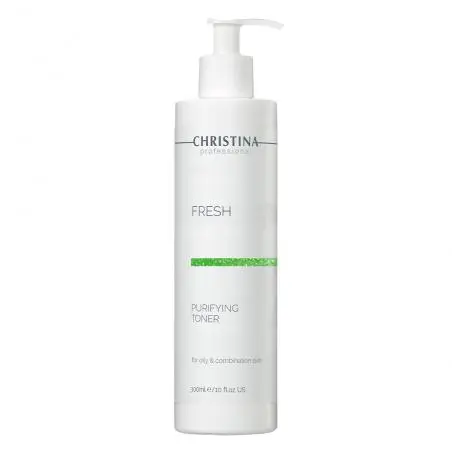
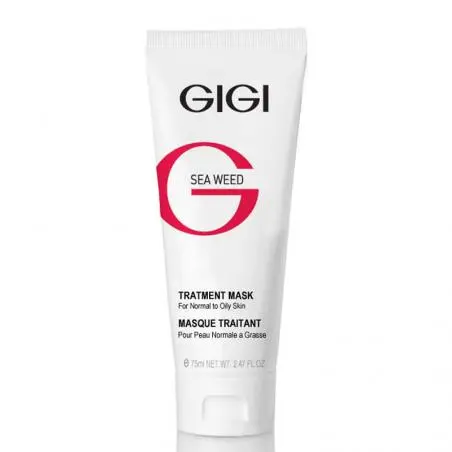
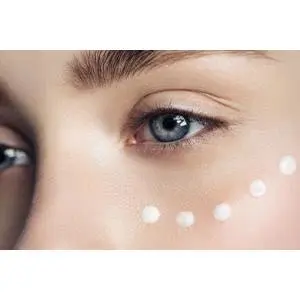
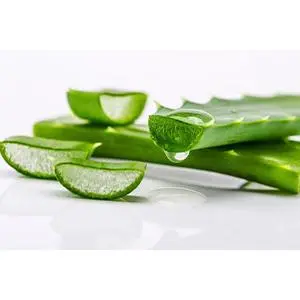
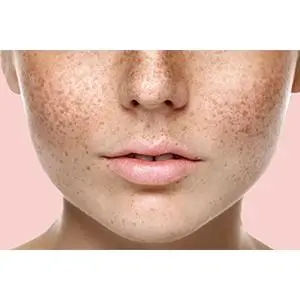

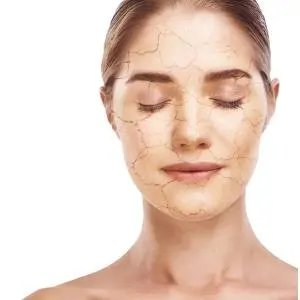


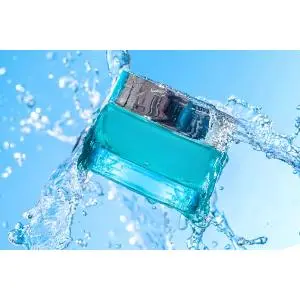

Comments
Leave your comment